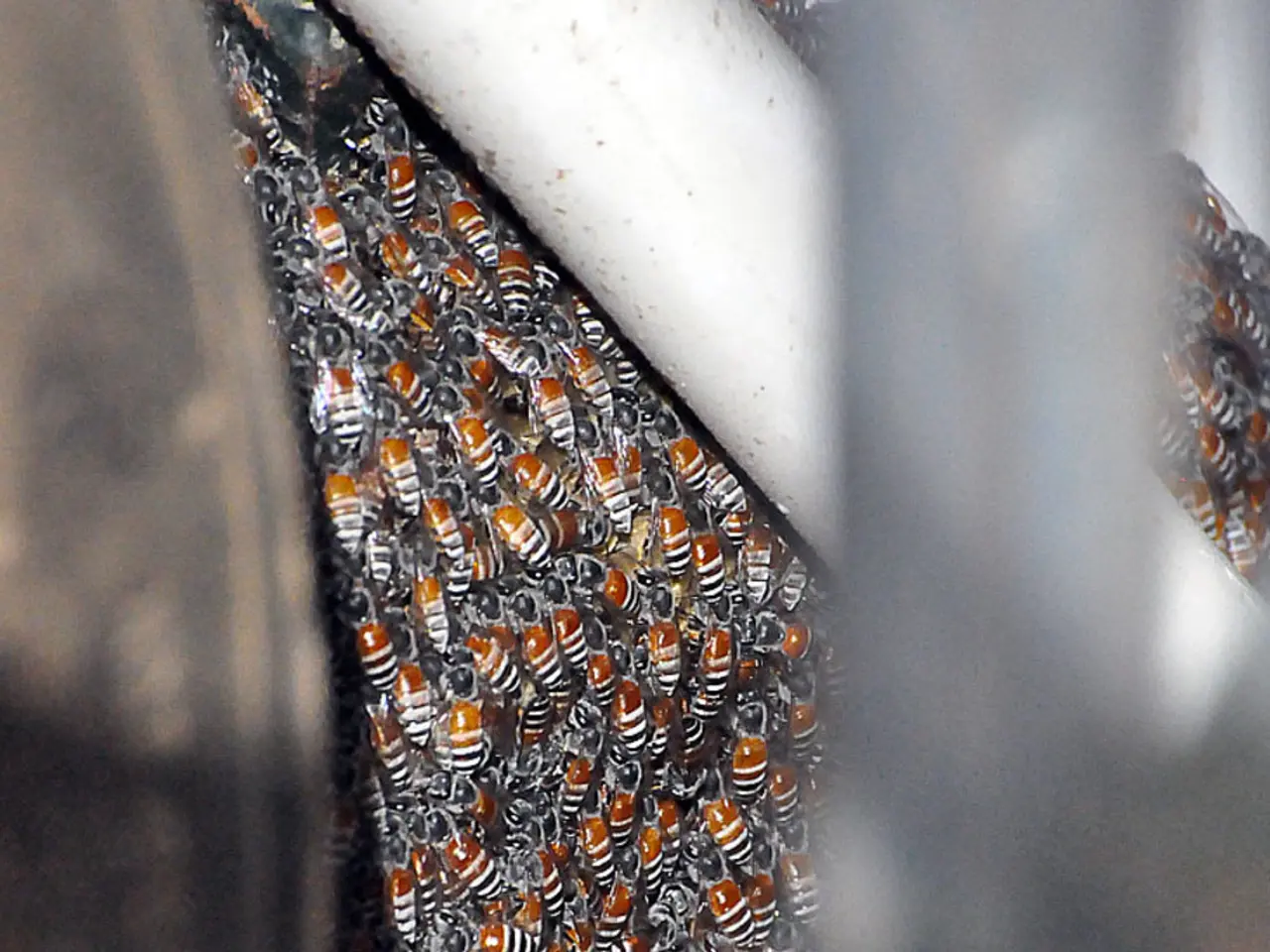Methods for cultivating honeysuckle for vibrant, aromatic blossoms; an essential choice for adorning fences or trellises.
In the enchanting world of gardening, honeysuckle stands out as a fast-growing climbing plant that brings a touch of fragrance and colour to any garden. Here's a guide on how to care for honeysuckle effectively to ensure a bountiful display of blooms.
Soil and Planting
Honeysuckles thrive in a good quality, fertile, and well-drained soil. To prepare the soil, incorporate organic matter or compost, such as Miracle-Gro Peat-Free Premium All-Purpose Compost, before planting. This helps improve fertility and drainage. Mulching, using products like RocketGro Peat-Free Magic Mulch, is also beneficial as it aids in moisture retention and protects the roots.
Watering
During the first year, water honeysuckle regularly to help with establishment, ensuring the soil remains moist but not soggy. After the initial year, water mainly during dry spells. Established plants can tolerate some drought but benefit from deep watering.
Feeding
To nourish the soil, apply organic fertilizers or compost. Avoid excessive nitrogen to prevent overly lush foliage at the expense of blooms. General-purpose composts, such as the one mentioned above, are suitable options.
Pruning
Pruning honeysuckle is essential for maintaining its health and promoting blooming. Prune lightly, removing overcrowded, damaged, or tangled growth. The best time for pruning varies depending on the type: late-flowering types should be pruned in the spring, while early-flowering varieties should be pruned after flowering.
Best Locations
Honeysuckle prefers a location with full sun to partial shade, with some root shading to keep roots cool and moist. Use sturdy supports like trellises or fences for climbing types. Protect honeysuckle from strong cold, dry winds for best growth.
Recommended Products
- Miracle-Gro Peat-Free Premium All-Purpose Compost (~£16.49, Amazon)
- RocketGro Peat-Free Magic Mulch (~£27.90, Amazon)
Following these care steps ensures vibrant, fragrant blooms and healthy honeysuckle growth.
Varieties and Purchasing
There are various types of honeysuckle, including scented, evergreen, semi-evergreen, and deciduous. 'Empathy After Plant for Climbers and Flowering Plants', a fertiliser, is available from Crocus for £7.99 for 1kg. 'Lonicera x tellmanniana', with unique yellow and orange blooms, is available from Gardening Express for £79.99 for a 5-6ft plant. 'Honeysuckle 'Dropmore Scarlet' can be bought from Thompson & Morgan for £12.99. For a sweet, nostalgic twist, 'Rhubarb and Custard' honeysuckle can be purchased from Crocus for £34.95 for a 3 litre pot.
Sophie King, our Gardens Editor, joined the platform team in June 2024. With a passion for gardening, she has tried growing various vegetables and flowers.
- To maintain the lifestyle of a keen gardener and create an appealing home-and-garden setting, consider incorporating honeysuckle into your gardening projects due to its fast growth, fragrance, and vibrant colors.
- Though caring for honeysuckle may require attention to factors like soil, watering, feeding, pruning, and choosing the right location, the effort put in will ensure a bountiful display of blooms that enchant any home-and-garden environment.




